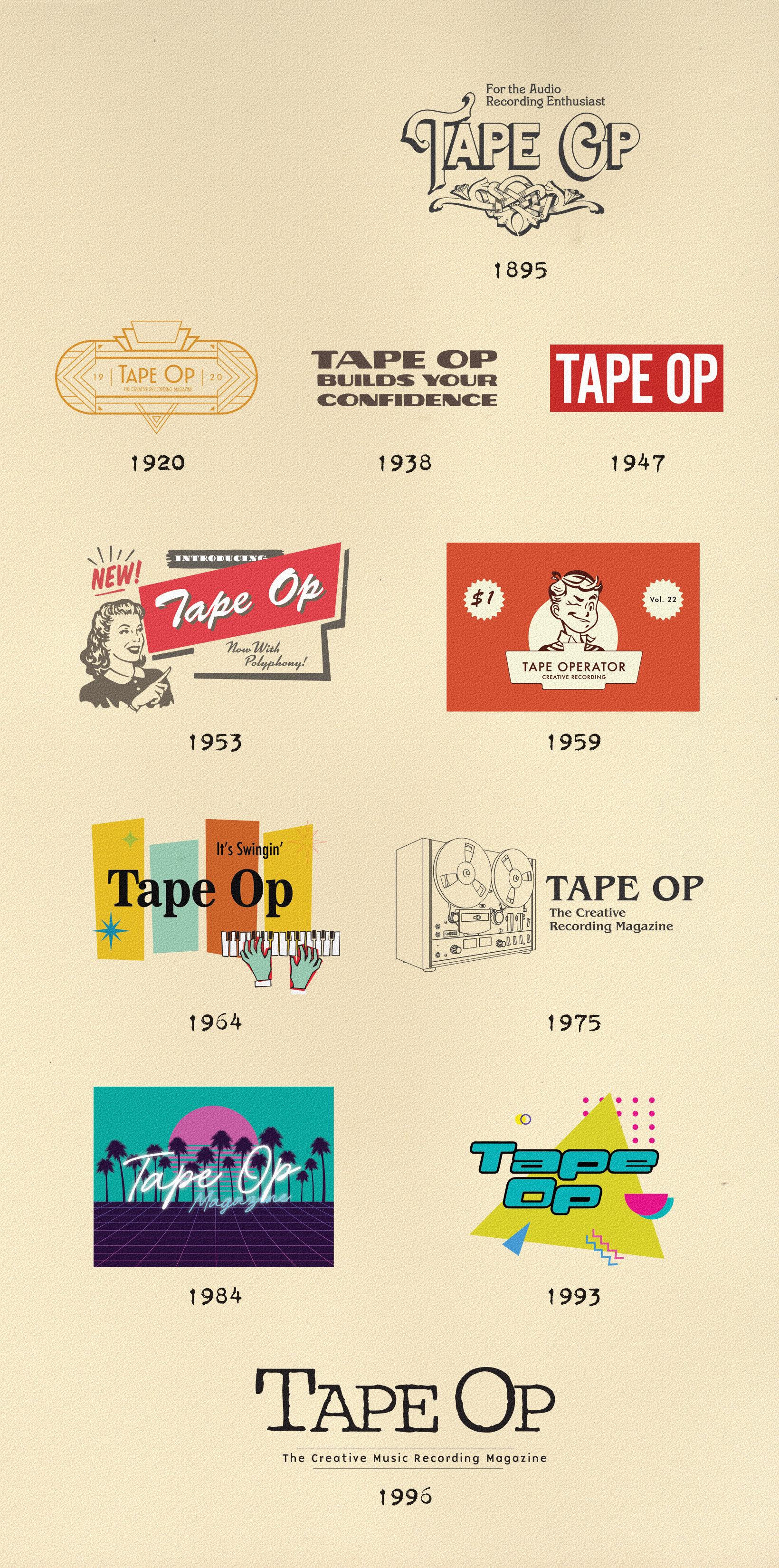Anyone who owns a few large diaphragm microphones has likely seen the common trouble with many shock mounts – failing elastic or rubber bands that cause the mic to droop, clamps that don't securely hold mic bodies, bulky sizes that get in the way of placement, pivoting joints that slip or are hard to reach, and even rubber pads that can remove mic body plating or paint. The Sling-Shock shock mounts solve all these issues. The isolation is provided by a patented assembly of "non-resonant" nylon cables tensioned with damped steel springs, providing the light flex and support to hold a mic without losing elasticity over time. It's a brilliant idea, and even with the heaviest mic I could find and fit, I could not get the mic’s weight to cause the clamp to touch the surrounding hardware. All the Sling-Shock RSM-series shock mounts hold cylindrical mic bodies in soft felt clamps that are tightened down with a steel knob. It's easy to hold the mount with one hand, insert the mic, and apply tightening without feeling one might drop the assembly. The shock mounts are generally smaller in circumference than many others, and the way the mic is held doesn't obstruct the front side, allowing for close mic placement. There are no large metal rings or elastic bands getting in the way up front like so many others! A little cable clip on the side offers mic cable strain relief with vibration isolation.
Royer currently manufactures three sizes of the Sling-Shock; from small to large, they are the RSM-SS1, RSM-SS24, and RSM-SS251. The RSM-SS1 was designed to fit Royer’s popular ribbon mics: the classic R-121 [Tape Op #19] plus the R-122 [#62] series, and the stereo SF-12 [#25]. It works with any 1-inch diameter mic, with about .25-inch of leeway (larger or smaller). The RSM-SS24 was built for Royer’s phantom-powered SF-2 [#99], SF-24, and SF-24V mics, but it’s also compatible with their R-10 [#124] if you take it off its threaded mount. Any mics around 1.5 inches in diameter should fit well. The RSM-SS251 is the biggest mount, supporting two-inch diameter mics such as, obviously, the Telefunken ELA M 251, Neumann U 67s and U 87s, and many of the Audio-Technica AT40-series mics. Note that a typical Neumann U 47-style mic is too wide for this mount. It fit my Soundelux ELUX 251 [#27] perfectly, with a snug grab that allowed me to suspend the mic upside down.
I was told that the Sling-Shocks isolated microphones so well that in tests on guitar amps additional clarity was achieved by reducing self-resonance, rumble, and conductivity via mic stands. I placed one Royer R-121 in an RSM-SS1, and another in a typical plastic spring-style mic clip, then positioned them head to head in front of the speaker cone. When I re-amped guitars through a Fender Concert, I definitely heard a difference; one R-121 was louder than the other! After adjusting and matching, recording, and then swapping mics to double-check, I heard a subtle clarity come forward in the mics that were using the RSM-SS1. It was very slight, but it was there. The low chunk of a downstroke was deeper and more defined, and there was a slight clearing up of midrange tones as well. This indicates that these RSMs are doing something more than just holding the mics carefully.
The Sling-Shock shock mounts come in a classy velvety bag with a Royer embroidered patch and have a lifetime warranty, something I do not recall any other mounts offering. The prices might seem high to some, but I've seen many manufacturers offer poorly engineered and built shock mounts that cost almost as much. These are some of the finest mic mounts I have ever used. If you want the best for your mic collection, and you want to make clearer recordings, you'll easily see the value of the Sling-Shock RSM-series shock mounts.




_disp_horizontal_bw.jpg)